Recipes
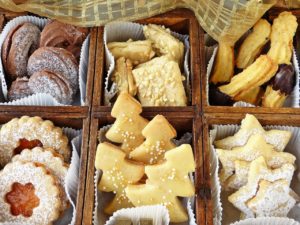
Traditional South African Christmas Recipes – Cookies
Soetkoekies 180 g botter 200g strooisuiker 10mlvanieljegeursel 1 eier 240g koekmeel 2.5ml bakpoeier 2.5ml sout Voorverhit oond tot 180° Celsius Voer n baklplaat uit met bakpapier
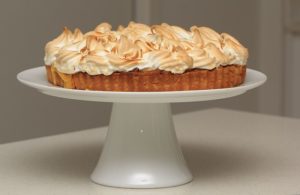
South African Recipes
Click here to submit your recipe Seasonal recipes Resources on the web Ina Paarman Pinterest – on the Braai Jan Braai Watertand resepte vir oud en

German Cuisine and Recipes
Many will describe German food as hearty, heavy and unrefined. Comfort food comes to mind, as many dishes are based on starch. But I think
Making your own Biltong
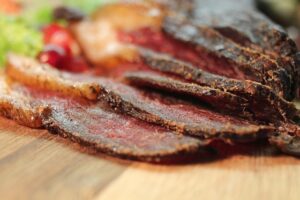
Making your own Biltong
There are many recipes and tips on the internet on how to make your own biltong.We want to share some basics here as well as some tips from our FB members You will need the following: Suitable Meat Spices and vinegar Suitable place to hang the meat to dry Step 1 – Buy suitable meat The best cuts are sirloin or fillet.In Germany you can ask for Silverside( Tafelstück or Tafelspitz) or Topside (Schale) .You
Cooking and baking substitutes
Lorem ipsum dolor sit amet, consectetur adipiscing elit. Ut elit tellus, luctus nec ullamcorper mattis, pulvinar dapibus leo.
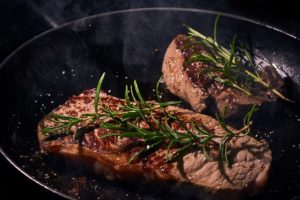
Meat
German meat cuts are different from those in South Africa. South Africa tends to follow the British way of cutting meat.Below is a explanation of the
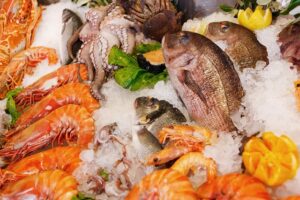
Fish
Rewe has a very good page about seafood. Where to buy fish and seafood If you would like to buy seafood or fish online try
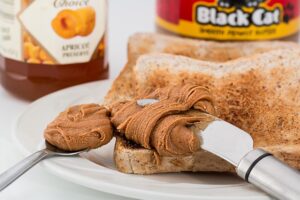
Substitutes and Food Info
There are countless South African products that can be conveniently purchased online today. In those rare instances where you can’t find what you’re looking for

Substitutes – Drinks
Looking for Milo, Horlicks, Frisco, Ricoffy or Lime Cordial? We compiled a searchable list of substitutes for some of the popular hot and cold drinks

Substitutes – Other Products
Here is a list of substitutes and translations for general food and kitchen items like cling film, maize meal, custard and biscuits Related content
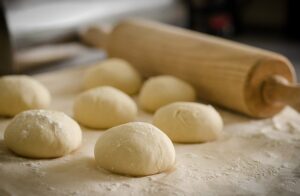
Frozen products
Here is a list of suggestions for ready-made pasty (dough) products and some translations. Related content Inspiration
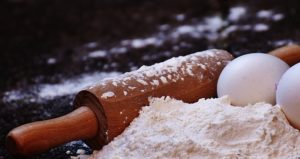
Baking ingredients
For all of the passionate bakers out there! We have thoughtfully compiled a comprehensive list of alternative ingredient options that can be used for baking

Types of Sugars
Here is a list of suggestions for types of sugars, as well as some translations. Related content
 | You can use the search function to search for ingredients you need to find substitutes for. One of the things to keep in mind is that the baking powder in Germany is single-acting. The baking powder in South Africa is double acting. Bran is called die Kleie and can be bought in supermarkets. |
Share your recipe with us
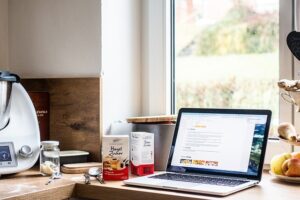
Add your Recipe
You can easily add your favourite recipe to our extensive collection, which will be proudly published on our website. Check out the mouth-watering recipes already featured on our page. For each recipe, you can include up to two tantalizing pictures that will make everyone’s taste buds tingle.


You must be logged in to post a comment.